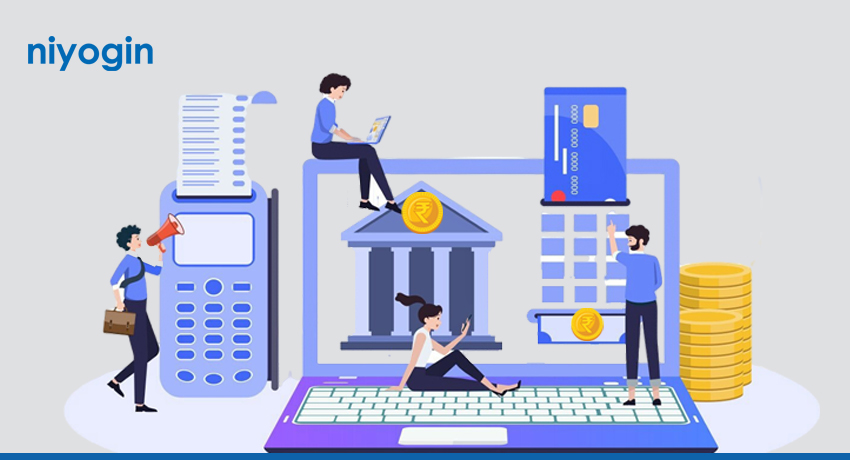The Future of Digital Lending: Emerging Technologies and Innovations in India

Digital lending has fundamentally transformed the way financial institutions and borrowers engage in India. Fueled by the widespread adoption of smartphones, increased internet connectivity, and supportive government initiatives aimed at fostering digital financial inclusion, the digital lending sector has experienced remarkable growth.
This shift has not only made access to credit more convenient and efficient but has also empowered underserved populations by bridging the gap between traditional banking services and emerging digital solutions. As a result, digital lending is reshaping the financial ecosystem, providing greater financial accessibility to millions of Indians.
Current State of Digital Lending in India
According to a report by Redseer Strategy Consultants, digital lending in India is projected to account for 5% of all retail loans by FY28, up from 1.8% in FY22.
The key drivers of its growth include increasing smartphone penetration, government initiatives like Digital India and UPI, and rising demand for credit among the middle class and underserved segments.
A diverse range of players, including banks, NBFCs, and fintech companies, are actively participating in the digital lending space.
Emerging Technologies and Innovations
Artificial Intelligence (AI) and Machine Learning (ML):
AI-driven credit scoring models enhance the accuracy and efficiency of assessing borrowers’ creditworthiness by evaluating a broader spectrum of data, including social media activity and online behavior.
Machine learning algorithms help detect fraudulent patterns, enabling lenders to mitigate risks and prevent losses.
Additionally, AI can personalize loan offers based on individual borrowers’ preferences and financial profiles, improving the customer experience and increasing approval rates.
Blockchain Technology:
Offers a secure and transparent platform for recording loan transactions, significantly reducing the risk of fraud and disputes. Self-executing smart contracts automate loan origination, disbursement, and repayment, streamlining operations and reducing costs for lenders.
Open Banking:
Open banking facilitates the secure sharing of financial data between different institutions, enabling lenders to make more informed lending decisions.
By leveraging Application Programming Interfaces (APIs), lenders can seamlessly integrate with various financial service providers, offering borrowers a wider array of products and services tailored to their needs.
Biometric Authentication:
Biometric authentication methods, such as fingerprint and facial recognition, enhance security by preventing identity theft.
These technologies also streamline the customer onboarding process, reducing the time required for loan approvals while improving overall efficiency.
Challenges, opportunities and the way forward
Despite challenges, digital lending has a bright future in India. By embracing emerging technologies and addressing regulatory concerns, the industry can explore its full potential, driving financial inclusion and significantly contributing to the country’s economic growth.
These challenges include ensuring data privacy and security, the establishment of a clear and supportive regulatory framework to foster innovation while protecting consumer interests, and improving financial literacy among borrowers to help them make informed borrowing and repayment decisions.
The future of digital lending in India holds immense promise, fueled by these emerging technologies. These innovations are revolutionizing the lending ecosystem, enhancing efficiency, security, and customer experience. By overcoming existing challenges and capitalizing on new opportunities.
India is poised to become a global leader in digital lending. This transformation will not only drive financial inclusion but also empower millions of citizens, creating a more accessible and equitable financial landscape for all.

